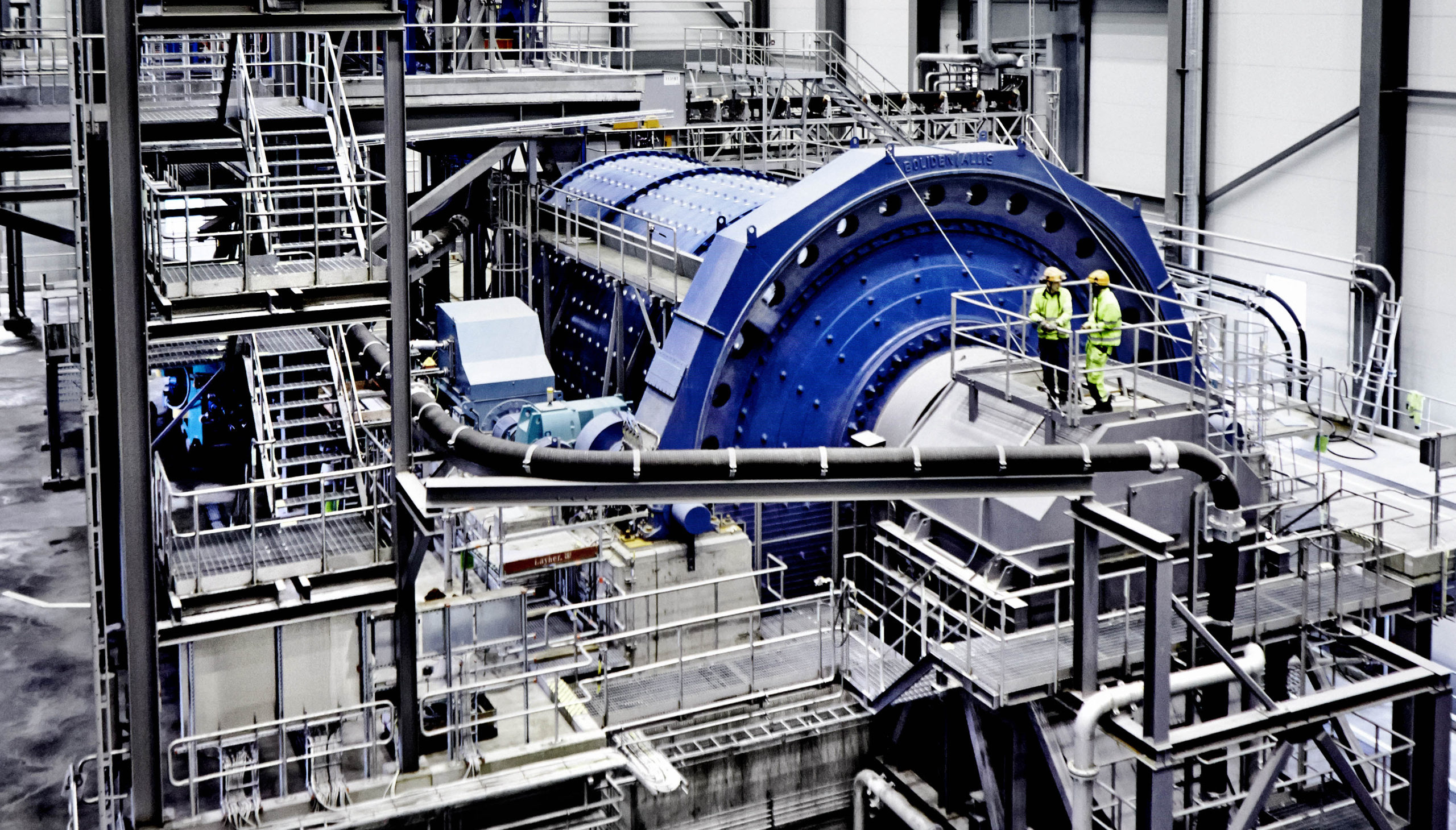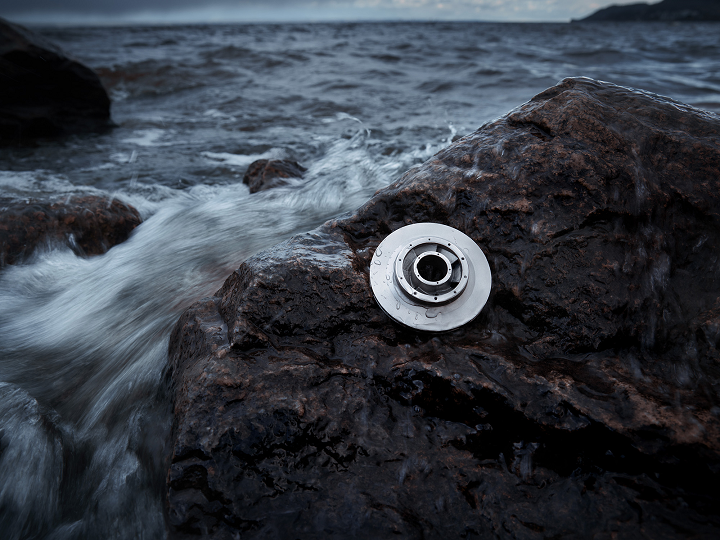Sandvik (Nasdaq Stockholm: SAND) has already established itself as a force to be reckoned with in additive manufacturing (AM). The Swedish metals, mining and engineering giant has become a substantial provider of metal powders and 3D printing services. And its various divisions are starting to see increased benefit from the cross-pollination that comes with Sandvik’s role in AM. The latest example sees the multinational partner with fellow Swedish mining firm Boliden to 3D print and install underground drill rigs.
In the new trial, Sandvik and Boliden have redesigned components for their mining equipment. The parts were first 3D printed at Sandvik’s Italian subsidiary, BEAM-IT. The plan is to then monitor their performance on machines at Boliden’s underground mines in Sweden and, then, Ireland. So far, the first components have already been installed at the firm’s Garpenberg mine, but the results have yet to be determined.
The benefits of 3D printing parts for mining operations are manifold. In addition to the fact that individual components could be optimized for better performance, AM offers the ability to produce and install replacement parts more quickly. This is particularly useful in remote locations, which is why navies around the world, as well as companies with offshore oil rigs are exploring the technology. The same is true for underground mines.
Erik Lundén, President of Parts & Services at Sandvik Mining & Rock Solutions, said, “Mining equipment can last up to 25 years – and needs to be supported throughout that time – even in the most remote of locations. We have many different SKUs (stock keeping units), and from an inventory point of view we can’t tie up the capital that keeping all these parts in stock would entail. 3D printing of parts locally offers us the prospect of not only getting parts to the customer much faster, but doing so far more sustainably.”
Ronne Hamerslag, head of supply management at Boliden, noted the benefits that additive can bring to the firm’s mining operations:
“Additive manufacturing shows a lot of potential, both in reducing carbon footprint within the supply chain, through reduced or eliminated need for transport and storage of parts and also shorter delivery times. This trial will give us a deeper understanding on how we can move forward and develop our business in a competitive way,” Hamerslag said. “Its efficiency, speed and climate friendliness mean that we have to investigate additive manufacturing closely. We are only at the proof-of-concept stage with Sandvik right now, but it’s already clear that it could become a game-changer for the spare parts business in mining – for both miners and equipment manufacturers.”
Obviously, the sustainability benefits of producing spare parts for businesses depend on what those businesses do. In the case of mining, one might wonder just how sustainable it is to ensure the continuation of operations that likely destroy ecosystems. Moreover, what’s mined will then be used to fuel global industrial resource use, thus creating further environmental destruction.
The Garpenberg mine, in particular, is primarily dedicated to zinc, but also produces copper, lead, gold and silver. In total, it processed about 3,056 ktonnes of ore in 2021. Zinc’s most common use is for anti-corrosion plating of iron, but it is also used for electric batteries and more. So, if were able to make a collective decision as a global society, we might ask ourselves if any ecological destruction caused by the mining of zinc outweighs the material’s utility. Because we can’t make such collective decisions, we can safely say that, for the time being, mining operations will continue on their present track.
The partners suggest that operating items that need to be changed every 3,000 to 4,000 hours are the best candidates for AM. This includes bushes, brackets, drill parts and more. In addition to the actual engineering and performance of the parts, the partners have to explore the business options. This includes addressing such concerns as who performs the 3D printing, the exact costs, and where the intellectual property rights, warranties and liabilities lay.
Subscribe to Our Email Newsletter
Stay up-to-date on all the latest news from the 3D printing industry and receive information and offers from third party vendors.
You May Also Like
3D Printed Heat Spreader Could Improve Efficiency of Electronics
The low-hanging fruit for decarbonization has long been improving the efficiency of existing systems, hence the justification for LED lights and ENERGY STAR certified appliances. While such minor moves are...
3D Printing News Unpeeled: Marine Gearboxes, 3D Printed Motors and $1.7 Million in Seed Funding
UK based Equipmake just released their Ampere-220 e-axle system. The system, which is meant for high performance electric cars, was similar to one released on the Ariel HIPERCAR. It has...
CEAD Unveils 36-Meter-Long 3D Printer for Abu Dhabi’s Al Seer Marine
CEAD, a Dutch original equipment manufacturer dedicated to large-format 3D printers, has unveiled what it claims to be the world’s largest robotic arm-based 3D printer. At 36 meters long and...
3D Printed Biocomposites Could Help Reduce Marine Plastic Pollution
Concerns about the impact of plastic litter and microplastics in the oceans are at the forefront of environmental study. For decades, the marine environment has suffered from the degradation of...






































